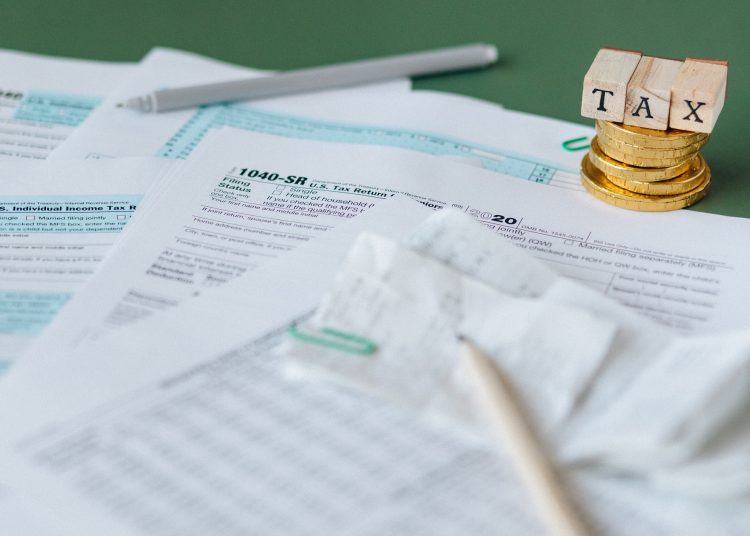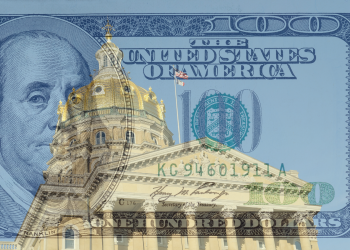(The Center Square) – Iowa was the third least tax-friendly state for middle-class families, Kiplinger’s Personal Finance recently reported.
“Which do you think is higher in Iowa: the corn or taxes? It might be taxes, thanks to staggering income and property taxes in the state,” the report noted.
One reason for the high income taxes is school districts’ local income surtaxes. In 2023, personal income tax rates will range from 4.4 percent for single filers making up to $6,000 in income to 6.5 percent for single filers making more than $75,000. (The thresholds are doubled for joint filers.) Right now, the state’s income taxes range from 0.33 percent for those who make less than $1,676 of taxable income to 8.53 percent for those making more than $75,420. In 2022, the lowest rate applies to Iowans making up to $1,743 in taxable income and the highest applies to taxable income over $78,435.
Iowa’s median property tax rate is the 11th-highest in the U.S (median $1,529 per $100,000 assessed home value), which amounts to about $4,587 annually for a $300,000 home.
Sales taxes in Iowa are 6 percent, with some localities assessing an additional one percent.
“That puts Iowa’s combined average state and local sales tax rate (6.94 percent, according to the Tax Foundation) in the middle-of-the-pack when compared to the rates in other states,” the report said.
Groceries and prescription drugs are exempt. Clothing is taxable. Motor vehicles aren’t subject to ordinary sales tax apart from a 5% one-time registration fee. Drivers pay 30 cents per gallon for gas and 32.5 cents per gallon for diesel fuel. There are annual vehicle registration fees, which car weight and age influence.
Taxes on cigarettes and little cigars are $1.36 per pack. Beer carries a 19 cent per gallon tax while wine is taxed at $1.75 per gallon. Liquor taxes are an estimated $13.03 per gallon according to the Distilled Spirits Council of the United States and published by the Tax Foundation.
Legislators decided this year to phase out Iowa’s inheritance tax. It will end January 1, 2025.
Kiplinger’s said Illinois was the least tax-friendly state for middle-class families. It said the Land of Lincoln assesses middle-income residents at or above the average income, sales and property taxes. Its 4.95% flat income tax rate is the ninth-highest in the country. Its average state and local sales tax in Illinois is 8.83%, the seventh-highest in the U.S.
“The tax situation really goes downhill fast for Illinois residents when you look at the property taxes they have to pay. Property taxes in Illinois are the second-highest in the nation,” the article said. “If our hypothetical family purchased a $300,000 home in the state, their average annual property tax bill would be an eye-popping $6,495.”
Wisconsin, Michigan, Nebraska, Kansas, New York, Connecticut, Maryland and New Jersey were also in the top 10 least tax-friendly states for middle-class families.
On the other end of the spectrum lies one of Iowa’s neighbors: North Dakota.
Compared with Iowa, North Dakota has lower gas taxes per gallon (23 cents), median real property taxes ($986 in taxes per $100,000), income tax range (1.1% to 2.9%) and state sales tax (5%). (However, it does have a slightly higher average combined state and local rate, 6.96%). It doesn’t have an inheritance tax or annual vehicle tax or fee, while there is a special 5% excise tax.
Other “most tax-friendly” states for middle-class families are Washington, Nevada, California, Arizona, Alaska, Tennessee, Wyoming, Florida and Delaware.
















